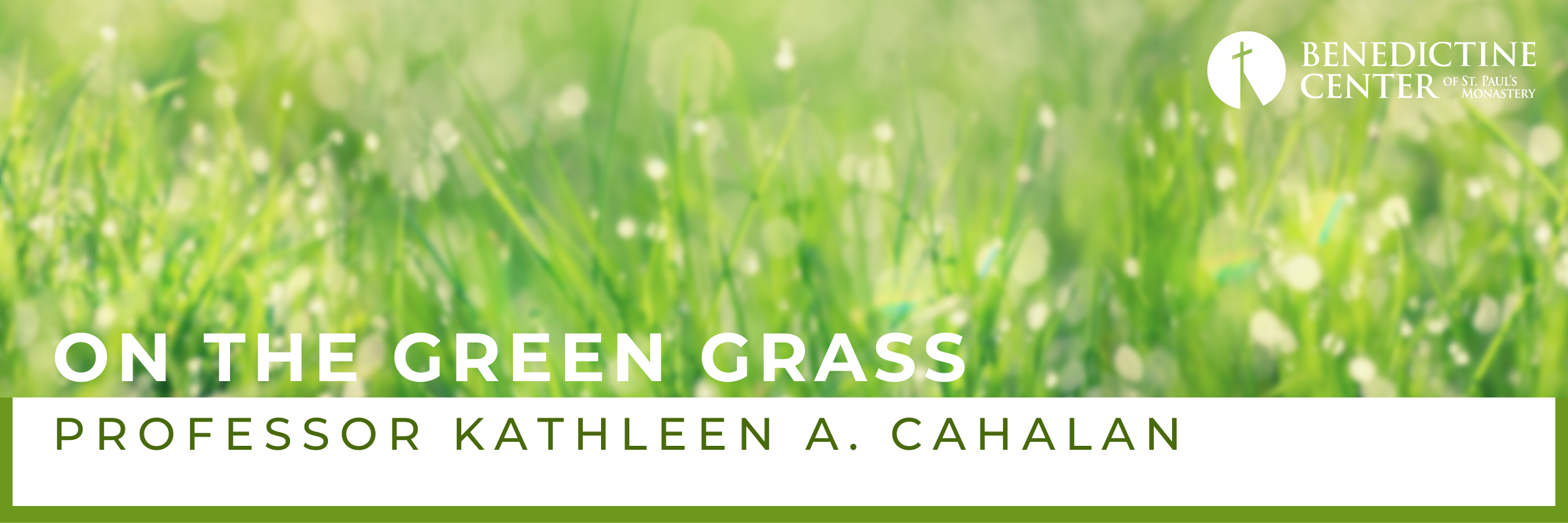 I had an epiphany about lectio divina. Lectio is an epiphany practice.
I had an epiphany about lectio divina. Lectio is an epiphany practice.
I took a private retreat at St. Paul Monastery the first week of January and in the liturgical calendar it’s the week of Epiphany (following the feast on Sunday). Each of the gospel readings that week tells of an epiphany in Jesus’ ministry of teaching and healing. At least, that’s how I read it.
Each January we celebrate Epiphany, which is a feast that celebrates the manifestation of Christ to the Gentiles, represented by the magi, in Matthew’s gospel (2:1–12). God’s salvation is for all! In general terms, an epiphany is a revelation, disclosure, or unveiling. We see something new, experience the essence or meaning of something. There is an illumination, discovery, new insight. We might realize something about the power of creation through a sunrise, or the amazing care someone offers us, or be overcome by the fleeting sense of time. For Christians, an epiphany points to what God is doing. God is revealing God’s self to us through that encounter, and we are amazed. We see and understand something of God in a new way. God’s creation, love, and promises startles us awake.
I think of lectio divina as having a long conversation with God through the Scripture. I don’t have an epiphany every time I sit down to read and listen. And my sense is that’s pretty normal. But I do practice in order to keep my spiritual senses open so that when epiphanies occur, I can receive the gift. And sometimes – wow—I’m reading something and can hardly believe how good it is.
I received such an epiphany that week on retreat. Tuesday’s gospel was the story of the feeding of the 5000 from Mark’s gospel (6:34-44). I’m sure, like me, you’ve heard it many times. What could possibly be new here? Well, I never heard this line: “So he gave orders to have them sit down in groups on the green grass.” On the green grass? Mark loves small details, and this is quite a lovely image but, I asked, what is God trying to tell me through the green grass?
 Grass symbolizes several things in the scripture. It is an image of the fleeting nature of human life. Grass is transient—it grows and dies, unlike God’s promises. “All people are grass; their constancy is like the flower of the field. The grass withers, the flower fades, when the breath of the Lord blows upon it; surely the people are grass. The grass withers, the flower fades; but the word of our God will stand forever.” (Is 40:6-7)
Grass symbolizes several things in the scripture. It is an image of the fleeting nature of human life. Grass is transient—it grows and dies, unlike God’s promises. “All people are grass; their constancy is like the flower of the field. The grass withers, the flower fades, when the breath of the Lord blows upon it; surely the people are grass. The grass withers, the flower fades; but the word of our God will stand forever.” (Is 40:6-7)
But grass, even after dying, also comes back to life as we witness each spring. For Isaiah, grass is also a symbol of divine rejuvenation: “For I will pour water on the thirsty land, and streams on the dry ground; I will pour my Spirit upon your descendants, and my blessing on your offspring. They shall spring up among the grass like poplars by streams of water.” (Is 44:3-4) So God’s word, poured out in this practice, waters me, it quenches my thirst, and makes me alive, as green as the grass.
I heard, too, the invitation to rest and to let God care for me. Grass- lush, soft, lovely grass, is a place where we can sit down and rest. The Psalmist says, “The Lord is my shepherd, I shall not want. You make me lie down in green pastures; you lead me beside still waters; you restore my soul.” (Psalm 23:1-3) In fact, in Mark’s story, Jesus looks upon the “vast crowd” as “sheep without a shepherd.” Of course, this shepherd leads them to rest on the green grass and gives them food to eat. Grass is a beautiful symbol of the promise of life, the goodness of creation, the original lawn in the garden of Eden. The green grass is there at the beginning and will be there when we go home. What a powerful eschatological symbol.
I’m thankful that I took the time to go to the monastery during the week of Epiphany, practice lectio divina alone in my room, and pray the Liturgy of the Hours with the Sisters. And on a cold January morning to hear God’s invitation to sit on the green grass and be fed.

